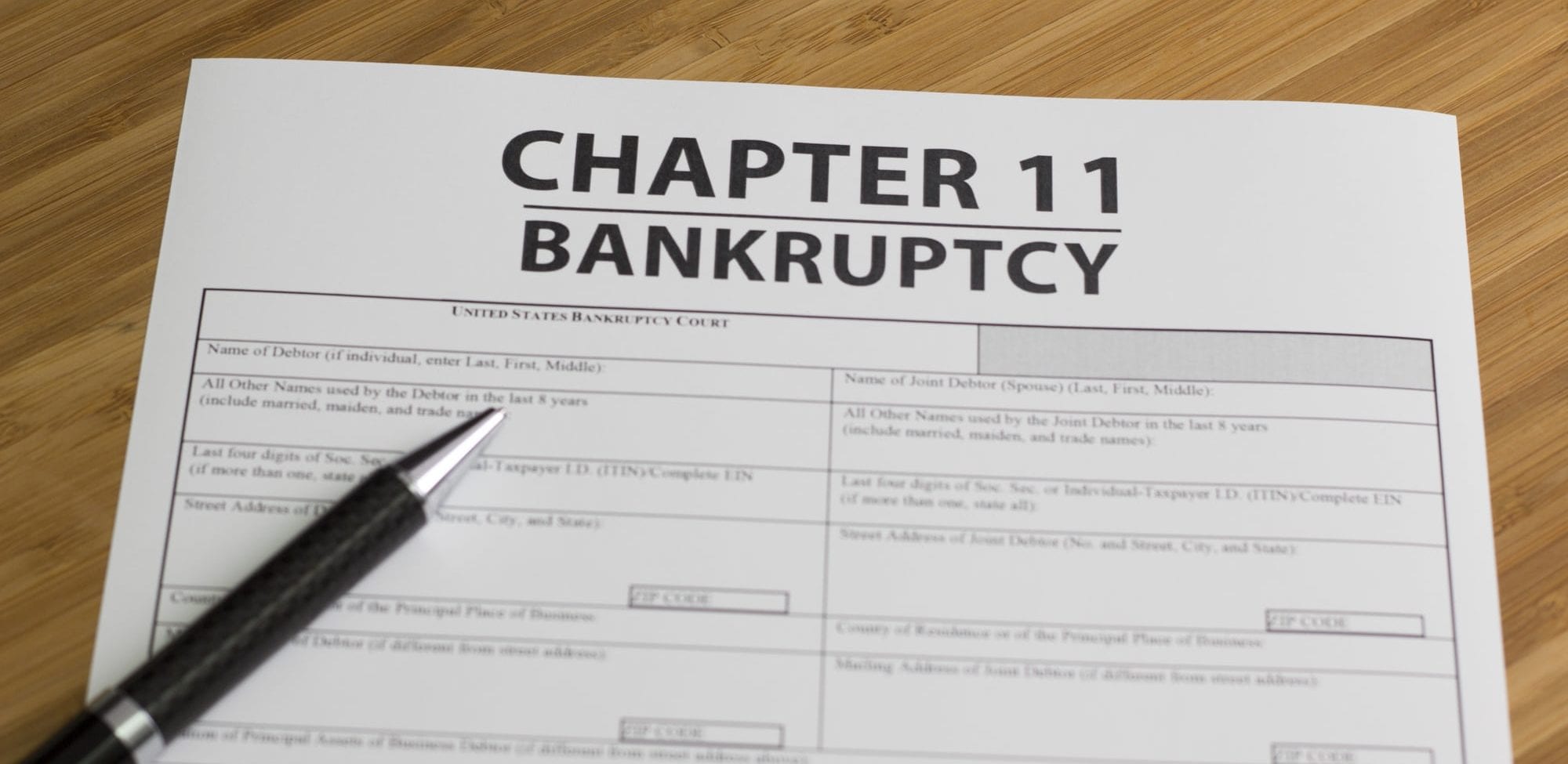Insolvency and bankruptcy refer to an individual’s or organization’s inability to pay debts owed to creditors. Insolvency is the state of being unable to pay debts, while bankruptcy is a legal process addressing insolvency. There are a few key examples that illustrate these related concepts.
Inability to Make Loan Payments
Missing multiple loan payments is a common early indicator of insolvency. For consumer debt like mortgages, auto loans, and credit cards, lenders will typically allow a certain number of late payments before considering the account delinquent. However, if an individual systematically misses payments across multiple debts over several months, it likely signifies insolvency. The person simply does not have the income to make minimum payments. Debt levels have become unmanageable.
Prioritizing Debt Payments
As insolvency worsens, debtors are forced to prioritize payments to creditors. For example, a person may opt to pay the mortgage and car loan to avoid foreclosure or repossession, while neglecting credit card bills and medical debts. The selective payment of certain debts over others demonstrates that available income is insufficient to stay current on all financial obligations. It is a clear sign of insolvency.
Depleted Savings and Investments
Another example of insolvency is when an individual’s liquid reserves are completely exhausted. Savings accounts, retirement funds, and investment accounts allow people to withstand periods of lower income. However, if insolvency persists long enough, those funds will eventually be depleted. When all liquid assets have been cashed out to cover debts and living expenses, insolvency is undeniable.
Business Cash Flow Shortfalls
For companies and organizations, chronic negative cash flow is a prime indicator of insolvency. If the business does not generate enough ongoing revenue to cover expenses, it will have to continuously borrow money to stay open. This accumulating debt load will eventually cripple the company’s finances. Operating at a perpetual loss is unsustainable without relief.
Inability to Obtain New Credit
As consumers or businesses become less creditworthy, lenders will cut off access to additional financing. The insolvent party is considered too high of a default risk. If an individual or company cannot open new lines of credit, take out loans, or issue bonds to investors, it demonstrates how dire their financial straits have become. New financing is the only way they could conceivably pay existing debts.
Filing for Bankruptcy Protection
When debt repayments are totally unfeasible, filing for bankruptcy protection is a common last resort. Under the bankruptcy process, legal collection actions against the insolvent party are halted, and certain debts may be restructured or discharged. The two most common bankruptcy filing types are Chapter 7 liquidation and Chapter 11 reorganization. Chapter 7 is typically for consumers, while Chapter 11 allows businesses to continue operating while addressing insolvency. The bankruptcy petition itself is public admission of insolvency.
In summary, signs of insolvency and inability to repay debts come in many forms. Missed debt payments, drained financial reserves, operating losses, denied credit, and bankruptcy filings all demonstrate that an individual or business has inadequate income to meet financial obligations. Insolvency simply means being unable to pay owed debts, while bankruptcy refers to the legal process for dealing with insolvency. Both point to the same dire financial circumstances.
Here are some common questions and answers about insolvency and bankruptcy:
What are the first signs of insolvency?
Some early signs of insolvency include missing multiple loan payments, prioritizing certain debt payments over others, and depleting savings accounts and investments to pay current bills. These behaviors show available income is insufficient to stay current on all debts.
What is the difference between insolvency and bankruptcy?
Insolvency refers to the state of being unable to repay debts. Bankruptcy is a legal process initiated to provide relief from debts that cannot feasibly be repaid. Bankruptcy legally acknowledges insolvency.
How does someone go bankrupt?
Individuals usually file for Chapter 7 or Chapter 13 bankruptcy. Businesses commonly file for Chapter 11 bankruptcy. The bankruptcy petition legally declares insolvency and initiates court procedures to discharge qualifying debts.
Can insolvency lead to bankruptcy?
Yes, insolvency commonly leads to bankruptcy if the financial situation cannot be improved. Legal bankruptcy protection stops collections and may relieve unpayable debts, providing a fresh start.
What are early signs of business insolvency?
Early signs of business insolvency include cash flow shortfalls, falling revenues, widening losses, mounting debts, and an inability to secure new financing from creditors. These factors indicate the company does not have enough income to remain viable.
In conclusion, insolvency refers to the inability to pay debts, while bankruptcy is a legal process addressing insolvency. Missed payments, prioritizing debts, exhausted savings, business losses, and filing for bankruptcy protection all demonstrate that income is insufficient to meet financial obligations. Insolvency typically leads to bankruptcy when the financial situation continues to deteriorate. These examples shed light on the meaning of insolvency and bankruptcy.







